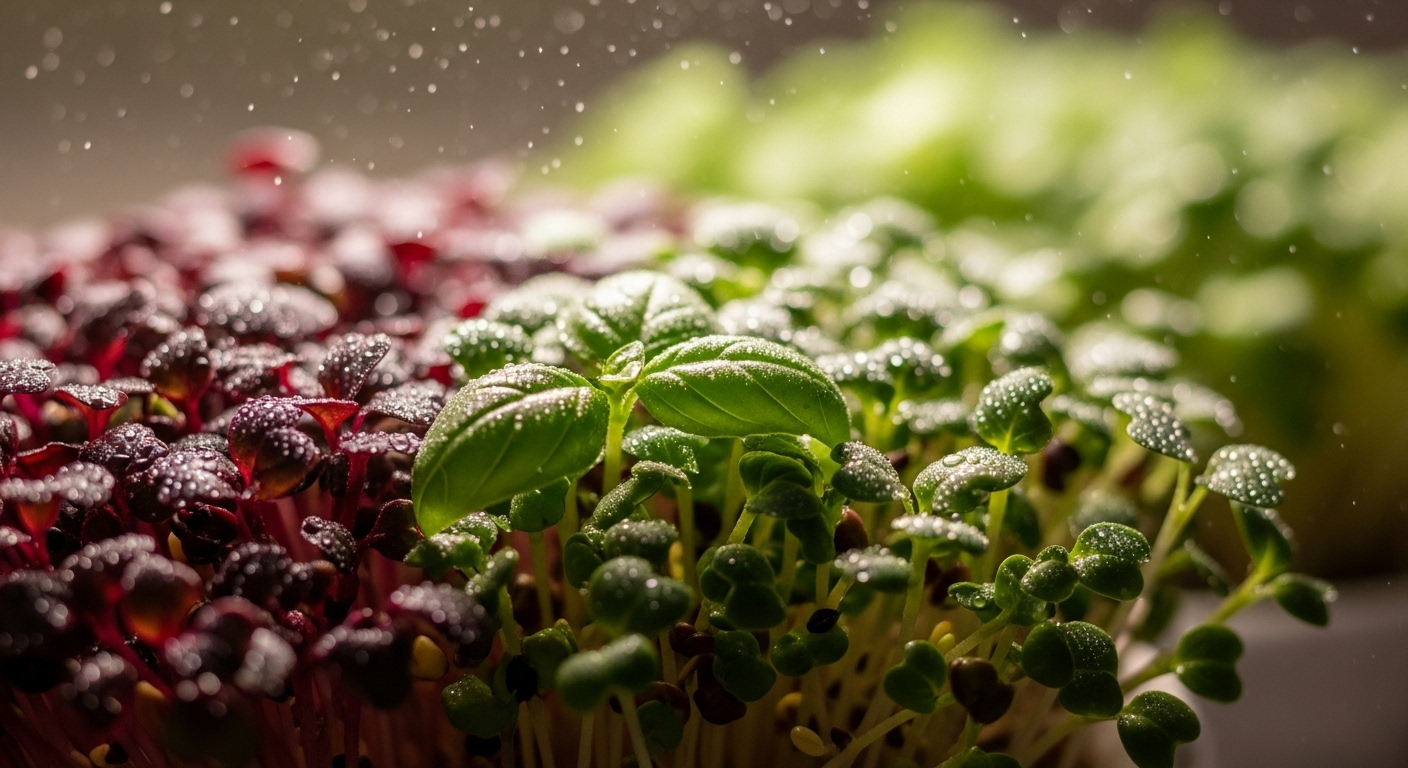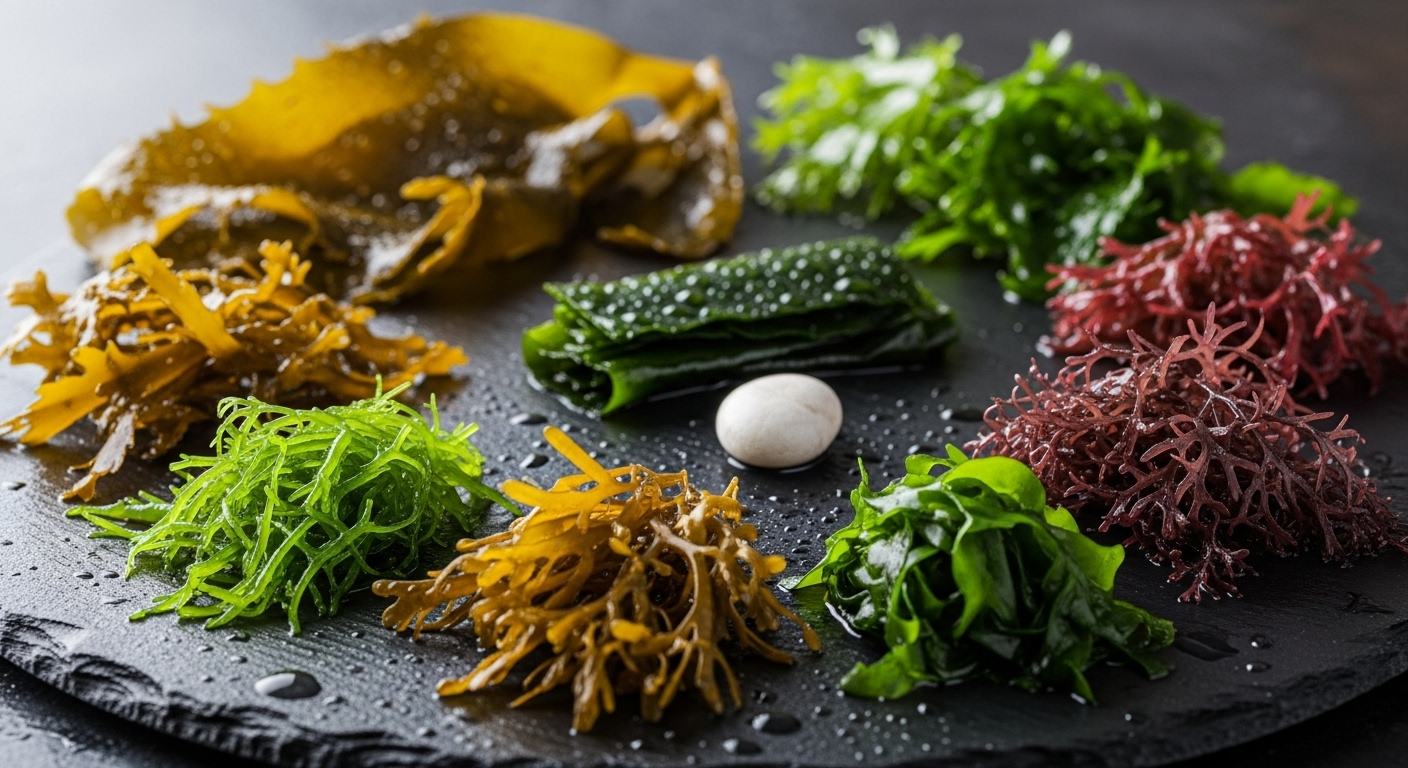Unraveling the Health Wonders of Microgreens: A Tiny Superfood with Massive Benefits
We often say great things come in small packages, and this statement couldn't be more accurate when it comes to microgreens. These tiny leafy wonders are fast gaining popularity among health enthusiasts for their nutritional punch. But just how beneficial are they? Let's delve into the science and explore the health benefits of these mini greens.

Microgreens: A Brief History
Microgreens are not a new phenomenon; they’ve been around for several decades. It was in the 1980s that chefs in San Francisco started using microgreens to enhance the flavor and aesthetic of their dishes. Over time, their popularity grew, not just in the culinary world, but also among health and wellness enthusiasts. Today, backed by scientific research, microgreens are touted as a superfood that offers immense health benefits.
The Rise of Microgreens in Health Trends
Microgreens have taken center stage in the world of health and wellness. They are packed with nutrients like vitamins, minerals, and antioxidants, often in higher concentrations than their mature counterparts. Research has shown that these tiny greens can play a significant role in preventing chronic diseases, improving digestion, and boosting the immune system.
Health Practice: Eating Microgreens
Eating microgreens is a straightforward and beneficial health practice. They can be incorporated into your diet in various ways - as a salad, in sandwiches, or even as a garnish on your favorite dish. However, to reap the maximum health benefits, it’s important to consume them raw. The only challenge could be their short shelf-life; they need to be consumed within a week of harvesting.
The Science Behind The Health Benefits
Several studies have shown that microgreens are densely packed with nutrients. For instance, a study published in the Journal of Agricultural and Food Chemistry found that microgreens contain up to 40 times more nutrients than mature plants. Another study found that red cabbage microgreens could reduce LDL cholesterol in mice. While more research is needed to confirm these benefits in humans, the current evidence is promising.
Did You Know?
- Microgreens are young vegetable greens that are approximately 1–3 inches tall.
- They have an aromatic flavor and concentrated nutrient content and come in a variety of colors and textures.
- Microgreens are not the same as sprouts. Sprouts are germinated seeds and are eaten whole, whereas microgreens are harvested just after the first leaves have developed.
- Some popular types of microgreens include arugula, beet greens, basil, and radish.
In conclusion, microgreens offer a simple, tasty, and highly nutritious addition to our diets. While more research is needed to fully understand their long-term health benefits, the current evidence strongly supports their inclusion in our meals. Tiny as they may be, microgreens are indeed a superfood that can boost our overall health and wellness.





